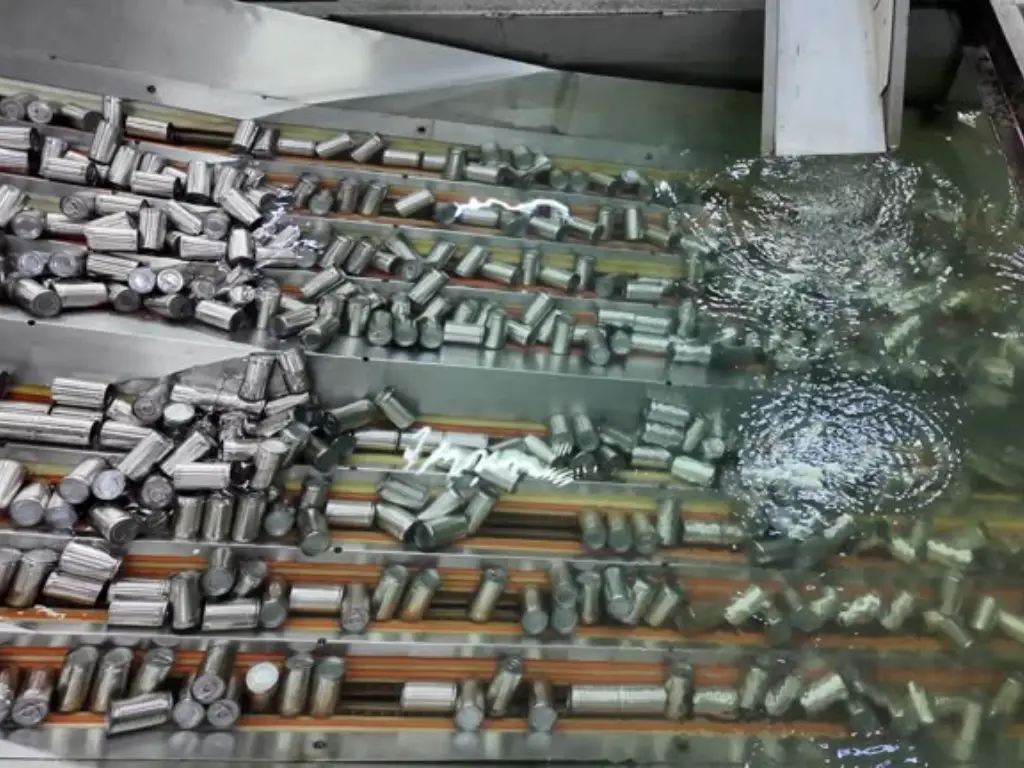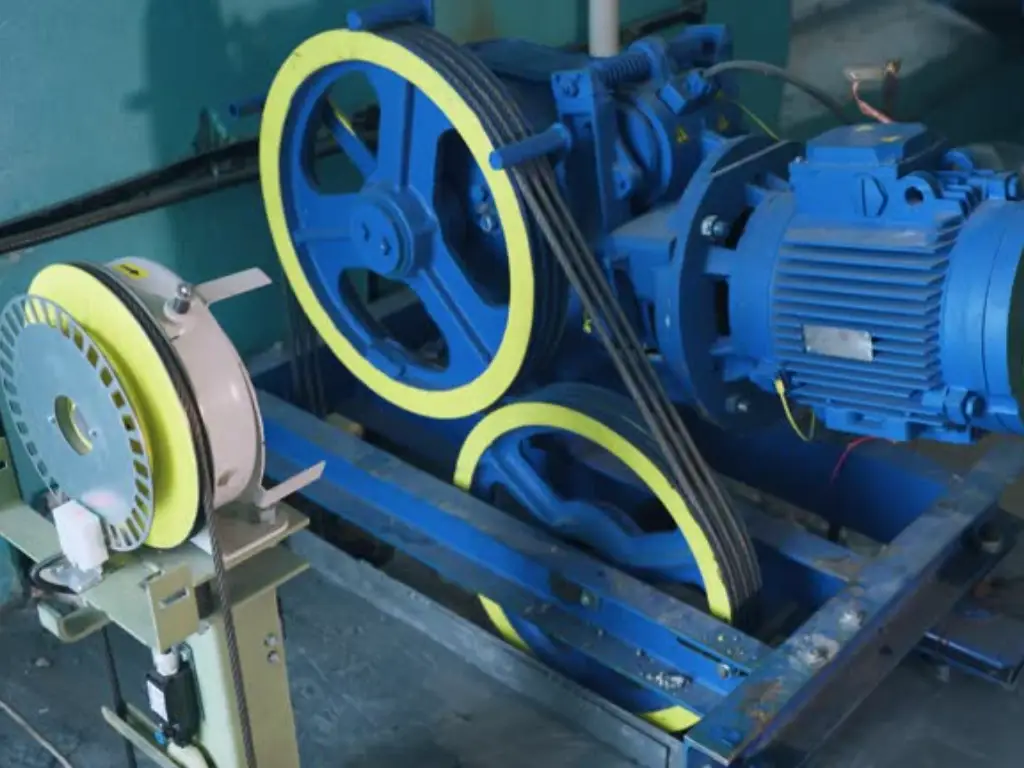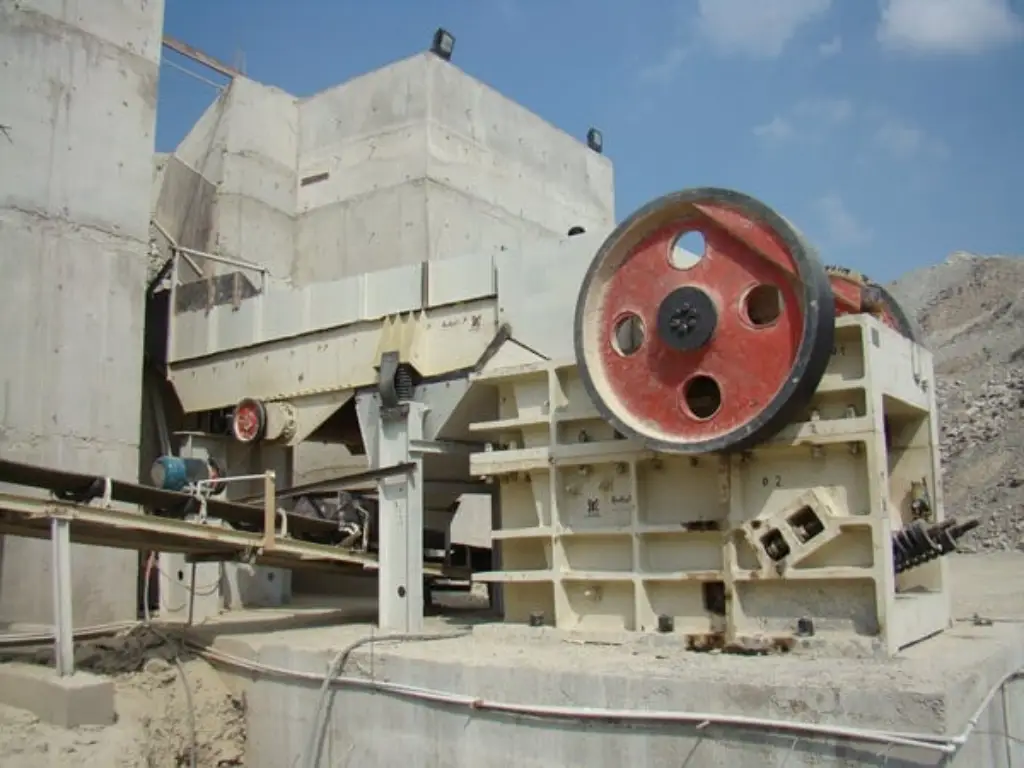- Home
- Blog
- Mineral Solution
- Detailed Guide: Vibrating Screen Diagram for Efficiency
- minejxsc
Preface
What is a Vibrating Screen?
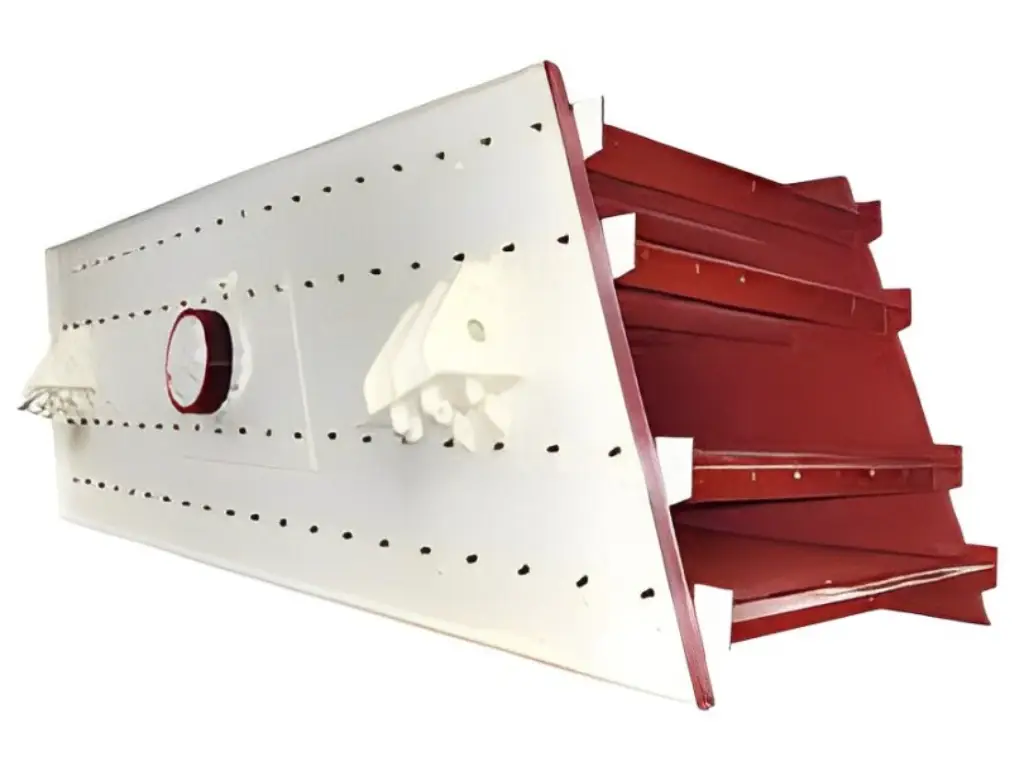
A vibrating screen is a machine used for sorting and sizing materials such as aggregates, coal, gravel, limestone, and sand. In other words, it is a device that vibrates to enable the transportation of materials across a screening surface. The vibration can be linear, circular or elliptical depending on the design and the function of the machine is to sort the materials according to the required size. This process is particularly relevant for industries that work with large amounts of materials that have to be sorted quickly and with minimal energy consumption.
The material is moved up and down by vibrating the screen and this makes the particles to be exposed to the screening surface in a more efficient manner. Besides, the vibrating motion reduces the chances of the screen media getting blocked or blinded, which may be a common occurrence. Learning about how a vibrating screen works and the principles of its construction will assist in selecting the proper type of the screen for the purpose, which will increase efficiency and quality.
Following your knowledge of what is a vibrating screen, explore the advantages of the gravity separation method in gold mining.
The Importance of Understanding a Vibrating Screen Diagram
Also, knowing the micro changes that are possible in the components like exciters and springs enables one to fine-tune the screen to handle different materials. These adjustments, which are usually illustrated in a digit-based diagram, are crucial for enhancing the screen for different conditions such as moisture content, particle size, and load. In conclusion, it is crucial to understand the vibrating screen diagram to avoid hitches and ensure the equipment is running efficiently most of the time through proper calibration.
Types of Vibrating Screen
| Types | Function | Application | Suitable Materials |
|---|---|---|---|
| Linear Vibrating Screen | Moves material in a straight line across the screen. Efficient for fine particles. | Mining, Construction | Sand, Fine Gravel |
| Rotary Vibrating Screen | Circular or rotary motion helps with material distribution across the screen. | Food, Chemical | Powder, Small Grains |
| High-Frequency Screen | Operates at high frequency to separate smaller particles. | Mineral Processing | Minerals, Ores |
| Dewatering Screen | Specialized for removing excess water from materials. | Mining, Sand Washing | Wet Sand, Slurry |
| Trommel Screen | A rotary screen with cylindrical drum, used for larger materials. | Waste Management | Rocks, Organic Waste |
Key Components of a Vibrating Screen
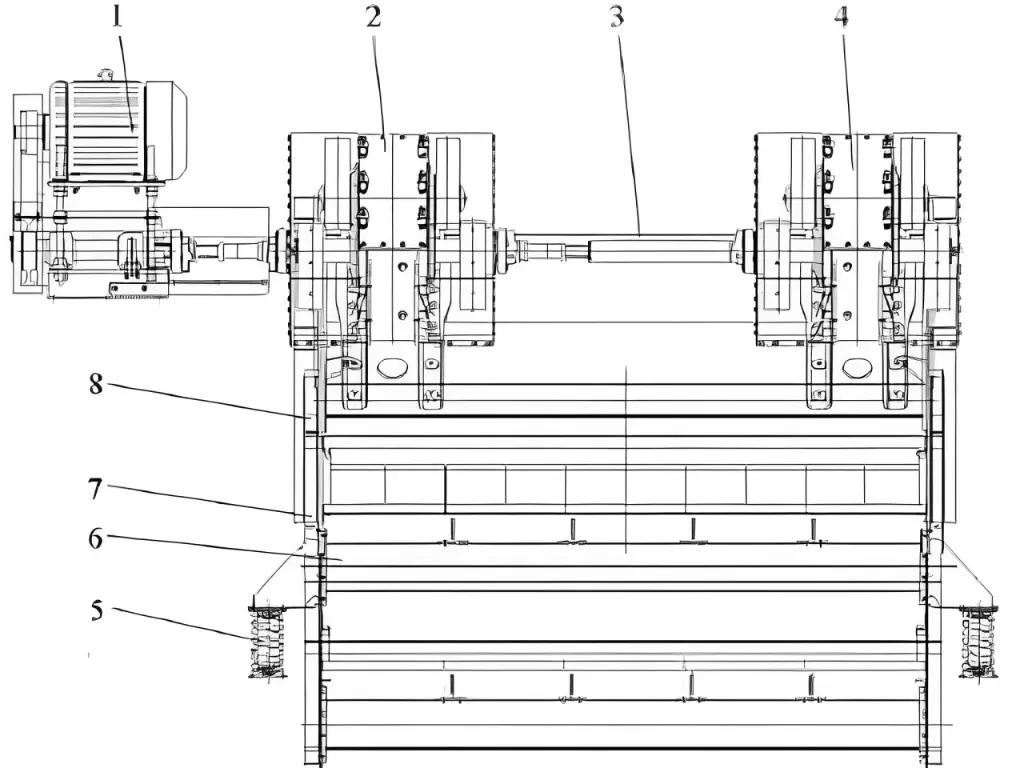
The diagram highlights the major parts of a vibrating screen and their functions in the overall operation of the equipment. All these components make up a digitized matrix system where each of the components has to work in harmony for the best results. Here’s a breakdown of the key parts:
How Does the Vibrating Screen Screen Materials?
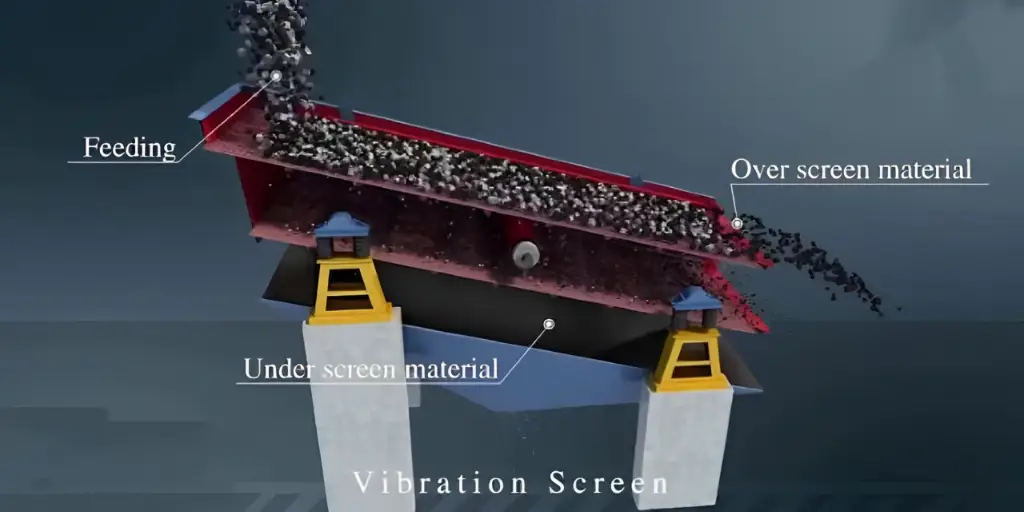
Material Flow and Separation Efficiency in a Vibrating Screen
Check out the Essential Guide to Vibrating Screen Parts to learn how various components impact screening efficiency.
Troubleshooting Common Issues with Vibrating Screen Performance
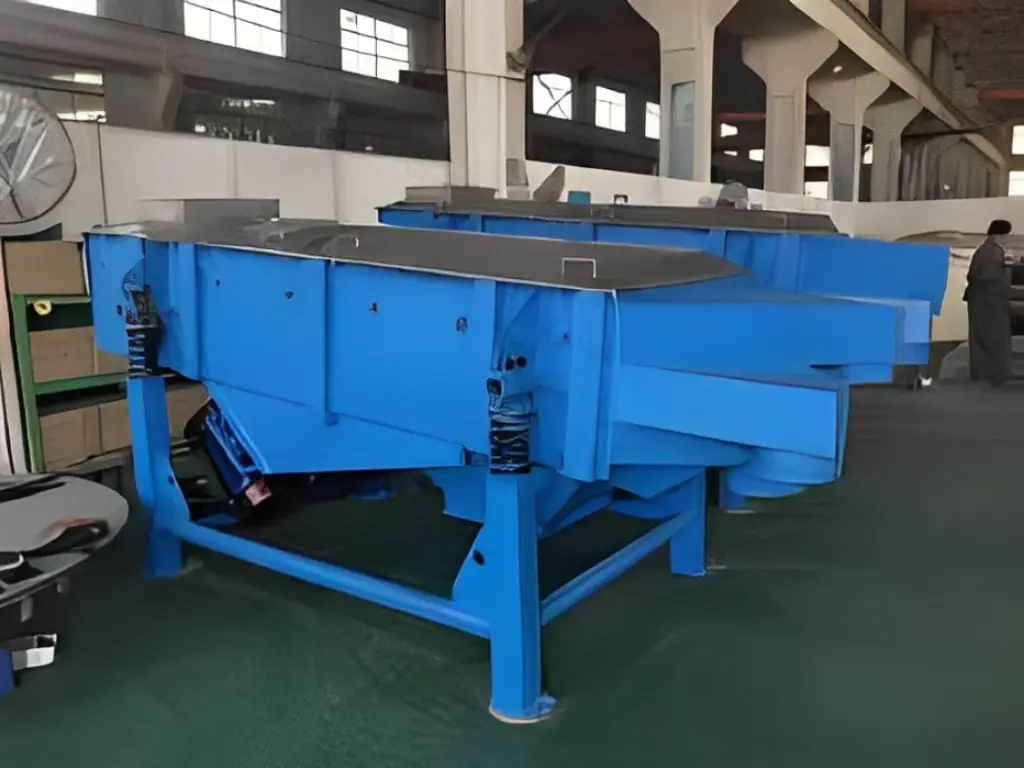
● Inconsistent Material Flow: Some of the common problems that affect vibrating screens include; poor distribution of the material on the screen. This may be due to improper feeder setting or material accumulation. It is crucial to ensure that the experimental setup is correct to have a constant feed rate and not to have poor performance. This can be solved by changing the feed rate or by installing a better feeder.
Common Vibrating Screen Configurations for Different Industries
How to Choose the Right Vibrating Screen?
To ensure you choose the best, visit the Top 5 Vibrating Screen Manufacturers: Boost Your Mining Efficiency for guidance
Conclusion
Maximize Efficiency with JXSC Custom Vibrating Screens
JXSC is a vibrating screen manufacturer with over 35 years of experience, we will give you a detailed service based on your demand. Our factory covers an area of 18000 square meters, we can provide design drawings within 48 hours and professional on-site installation consultation service. Whether you require a high-frequency screen or linear vibrating screen, our screener for sale is designed for high performance, durability, and energy conservation.
JXSC offers a one-year warranty, fast access to spare parts, and over 40 types of mineral processing equipment solutions, such as gold, silica sand, and others. JXSC has exported its products to more than 60 countries and has obtained certifications such as BV, ISO 9001, and others including CCVO and CE. As a professional manufacturer of screeners, JXSC aims to meet customers’ demands and offer not only the best screeners but also the best services, such as design, installation, maintenance, and engineering consultation to help customers improve their plants.

